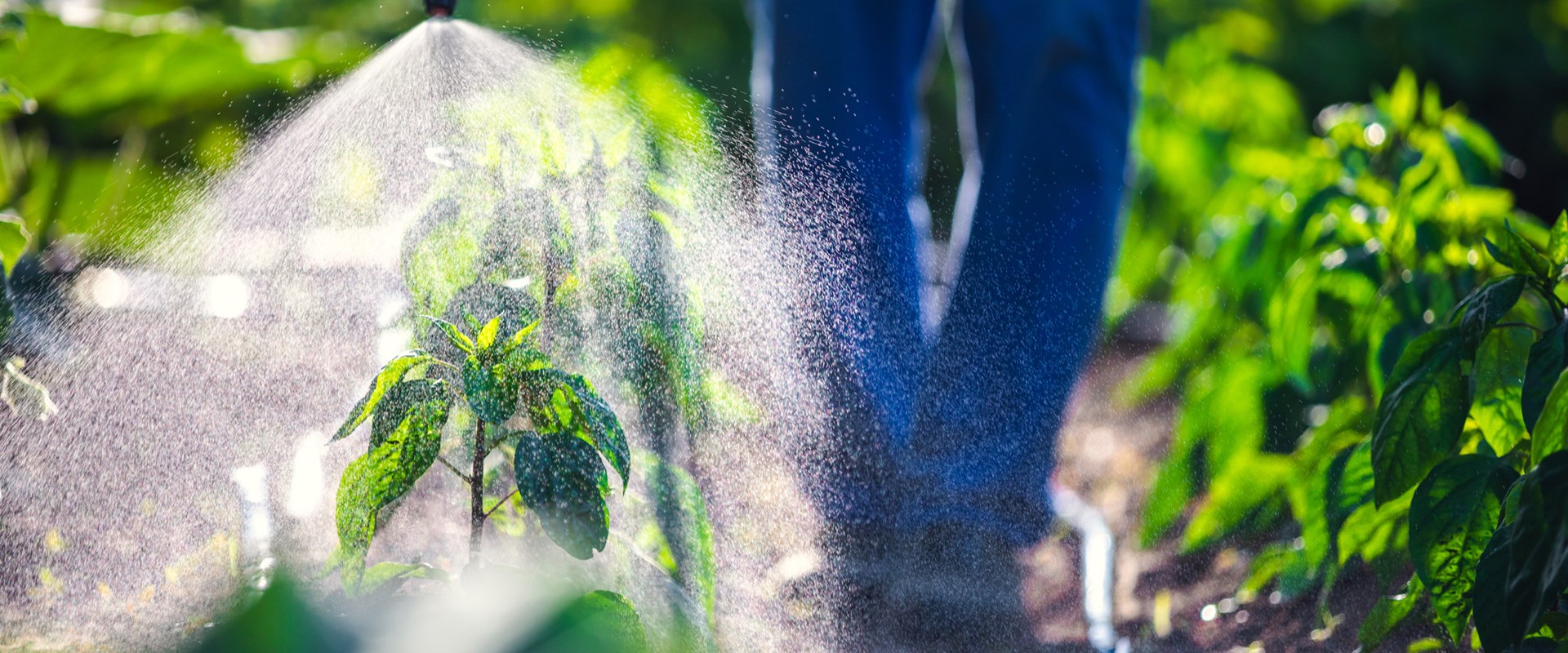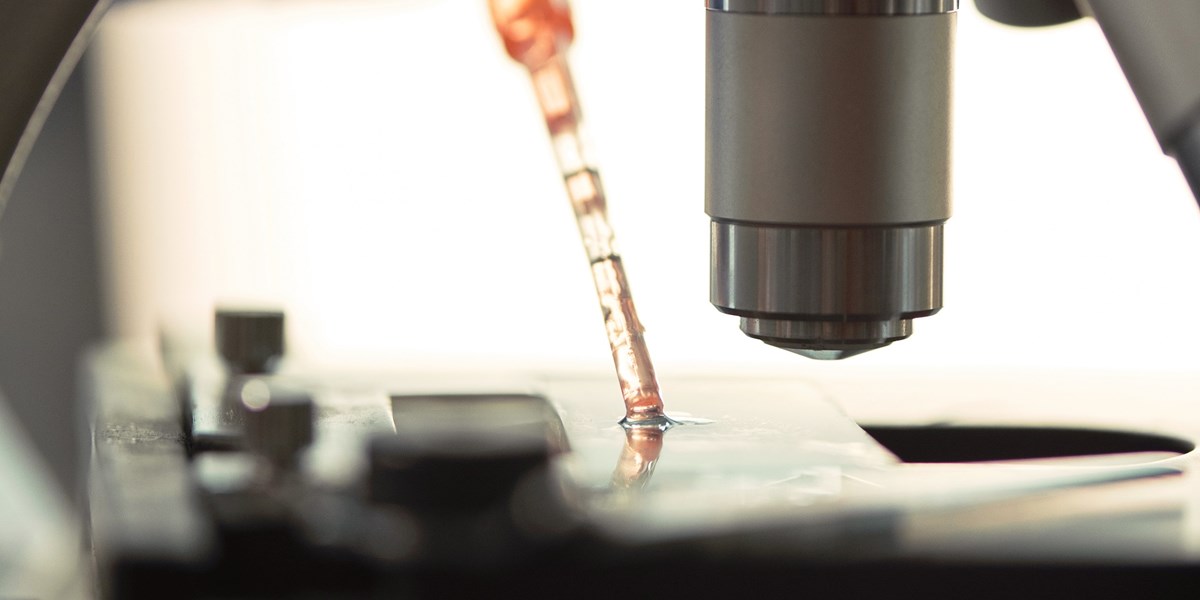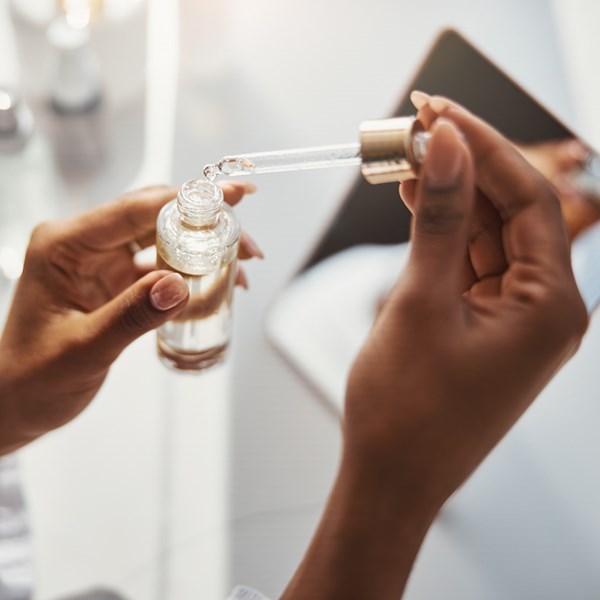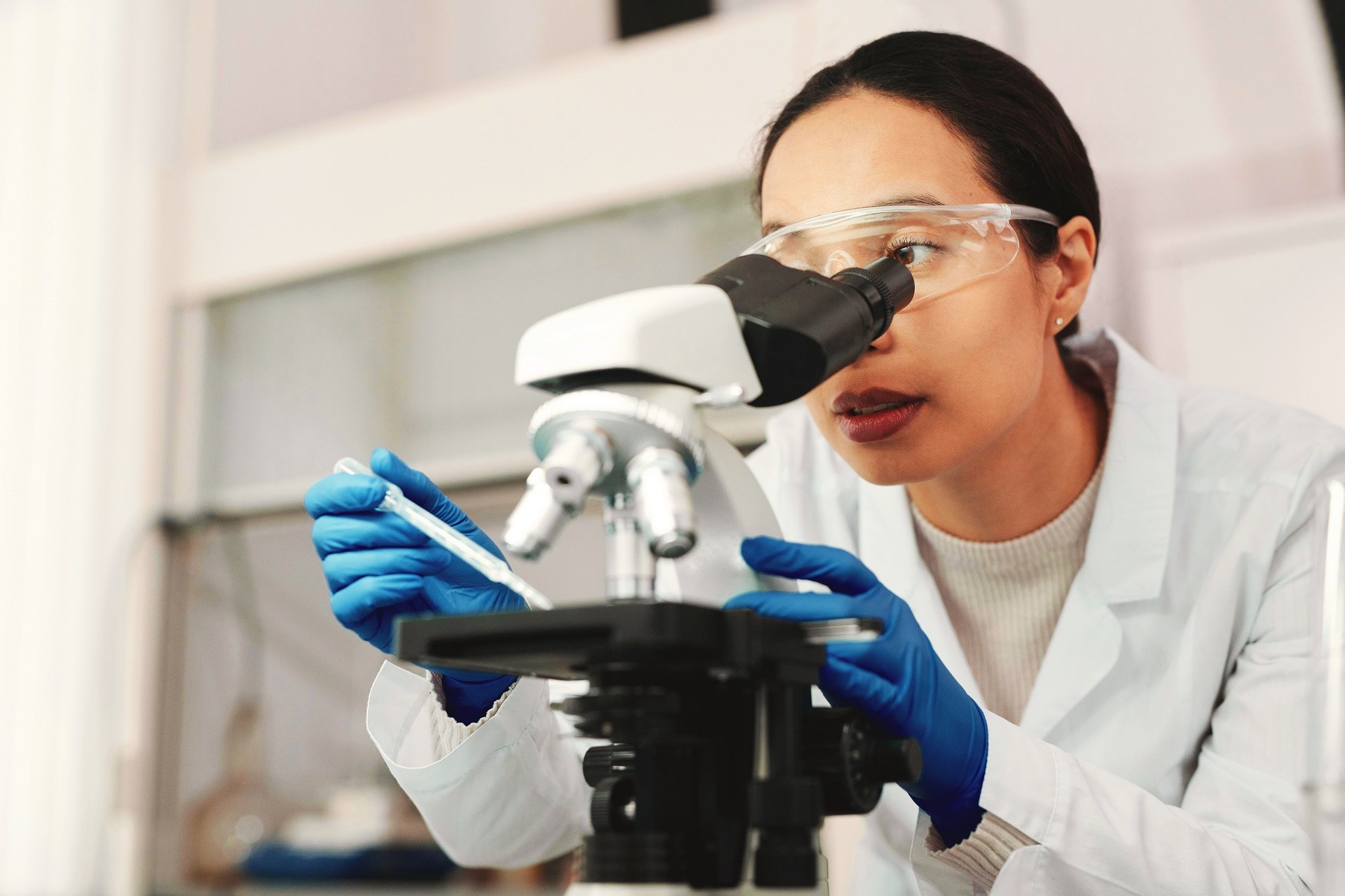Chemically synthesised crop protection molecules (think: pesticides, herbicides, and fungicides) developed in the 20th century underpinned the increases in crop yield and resilience that provided much of the world’s population with a ready supply of plentiful and affordable food.
Fast-forward to the 2020s and the outlook is less promising. Climate change and altered weather patterns are increasing disease burdens globally and supporting the incursion of invasive pest species into new areas. Confounding this, resistance is an increasingly common issue with - depending on who you talk to - few or no new mechanisms of action discovered for decades.
Discovering new crop protection molecules that address these challenges faces regulatory hurdles and the multi-step synthesis processes often required to access unexplored chemical spaces raises a tension between the introduction of improved compounds and the desperate need to decarbonise an energy-intensive industry.
Where traditional chemical synthesis is faltering, however, molecular and synthetic biology is providing solutions.
For example, RNAi technology can now target and switch off genes in viral and fungal pathogens as they infect crops. This prevents them from getting a damaging foothold in the plant. Coupling this high-tech approach with a comparatively simple “BioClay” formulation, Australian researchers were able to increase the protection period against Botrytis by a fortnight which, in many cases, is the difference between harvestable fruit and crop failure.
On a larger scale, using metabolic engineering plants have been made to produce pre-cursors to insect pheromones.
These pheromones are highly selective and allow the trapping and elimination of pest species away from crops, without interfering with beneficial insects such as bees. Although downstream chemical processing was required to produce the end-product, these bio-based precursors are predicted to make difficult-to-synthesise pheromones price-competitive with more damaging molecules.
A particular advantage of these bio-based approaches is that many of them can be manufactured using fermentation, a relatively simple process which can be modified to use crop and food wastes as feedstock. In the case of plants engineered to produce insect pheromone precursors, the feedstock is essentially atmospheric CO2 and the sun.
Current regulation around the release of engineered nucleic acids and plants into the environment poses questions around when these innovations will be available to use in the field. However, it is clear the impetus to secure our food supply and our environment makes bio-based protection approaches an attractive and truly sustainable part of our agricultural future.






